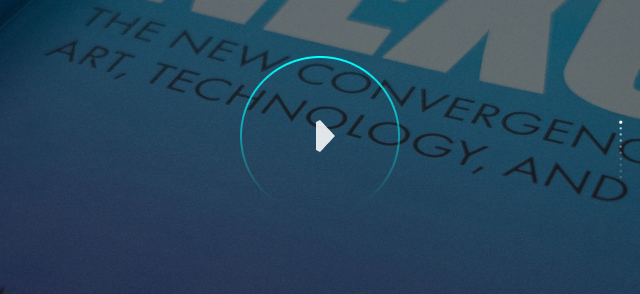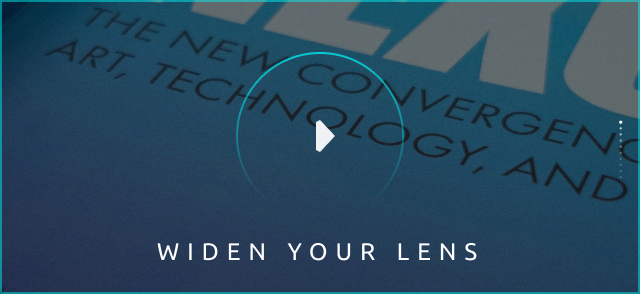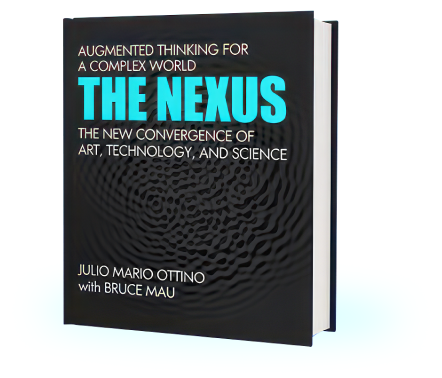Maps work well in stable, well-understood environments. But in complex, rapidly changing environments, a compass is preferable to a map. Traditional leaders are map-driven, hierarchical, analytical, methodical, and evolutionary. New leaders are compass-driven, collaborative Nexus thinkers who can establish a culture of values while creating the conditions for constant reinvention and emergence.
New leaders can see simplicity in complexity and complexity in simplicity and the ability to see the patterns and implications of simple pictures as well as the simplicity hidden in complex ones. The ability to reconcile opposing viewpoints is an essential skill for a leader in dealing with the future. Emergence, the central concept in complex systems theory, when parts in system organize to produce outcomes that could not have been anticipated from its parts, teaches us the limitations of top-down thinking. A successful organization (and a successful leader) is one that creates the culture and conditions for successful emergence.
How can one develop managers and organizations that can thrive in a dizzyingly chaotic, ever- changing world? Far more complex than a series of specific learnings and lessons, or a to-do check list. The starting point is assessing the existing culture as well as the willingness, and even impatience, to improve and grow. Seeing oneself as an integral part of the network and culture of the organization, giving value to the network and, in turn, being enriched by it, is essential.
Specialists are essential but an organization cannot grow if it solely populated by single-lens individuals. A leader understands the motivations of the different people and organizations that make up the network. Extracting value from these tensions is essential. A framework to anchor thoughts and guidance, e.g., the values of maps and compasses, and the balance core and periphery, is essential. But spirited discussion of ideas and methodologies is a must. It is out of discussions and conflicts where the unique values of the organization must emerge.


